A Penchant For The Midas Touch: The Immortalisation of Ginger Trill
One of the most challenging elements of a music career is achieving longevity. Dr Dre is clinically correct when he says, “Anybody can get it, the hardest part is keeping it.”
For North West’s finest, Tshegofatso Seroalo, affectionately known as Ginger Trill, the longevity in question is a slow burn but one that is met with the golden era in penmanship, conceptualization and ideation. His presence over the years has become undeniable, to say the least.
From persevering through the lack of support in the arts growing up after having Hip-Hop introduced to him at a tender age, Ginger was raised to respect the art form.
Like he says on his record “Two For One”, “I’m a 90s Icon who’s been a star from the get-go” – and who could contest that when he’s been a part of some of South Africa’s most pivotal rap moments including the late Ricky Rick’s, “Amantombazane Remix” and “Bump The Cheese Up” to name a few.
From this debut album, “Rookie of The Year”, to projects such as “Boyzen Da Hood”, Ginger Trill has strived for excellence and pushed the narrative of maintaining impact with his ironclad lyricism. This same spirit is sustained in his new offering “Because I Said So.”
With a curious wonder into the method behind his practice, I was honoured to discuss the creative process of “Because I Said So,” the economic reality of Rap, and Ginger’s future plans.

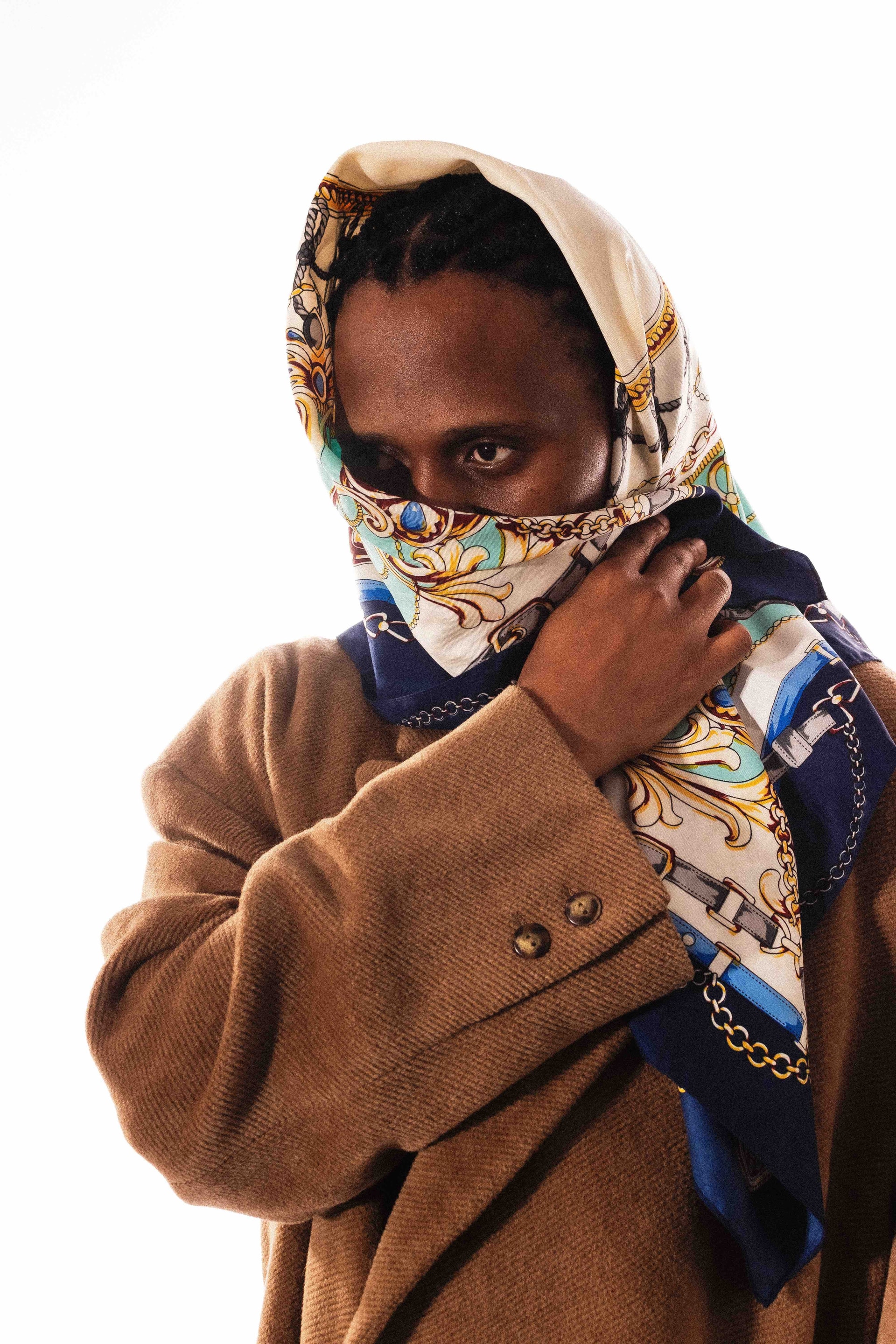
Ginger Trill: Shout out to my parents. I had a great upbringing and a wonderful childhood. When you ask me that question, it teleports me back to a simpler, happier time under the guidance of my folks and the community I grew up in. Although there wasn’t much infrastructure or many facilities to promote growth in the arts, there was definitely encouragement from the community around us—the big brother figures and people I was fortunate enough to grow up with.
Life was great. I discovered Hip-Hop at a young age, around 8 years old, in a relative’s home—a big brother figure I always followed around. He played this music that I immediately found myself drawn to. It wasn’t just the sound that captivated me, but the lifestyle it represented. Hip-hop came with instructions on how to exist in society and how to be proudly Black. I fell in love with it almost instantly.
The “Because I Said So” production is nostalgic, introspective and nuanced with underground flair. What was the thought process behind the sonic direction between you and Shooterkhumz?
Ginger Trill: “Shooterkhumz and I agreed—the whole team believes that the only way this works is if we make classic Hip-Hop, traditional classic-sounding Hip-Hop. We didn’t try to colour outside the lines too much.
That was our intention with this first project: to put a stamp on the fact that there’s no doubt I can contribute to South African Hip-Hop in a way where I can create moments that make everyone stop, look, and listen. I just needed 20 minutes of your time, and there would be no missteps during that time. You won’t miss a line or have anything to critique. You’ll come out of that experience thinking, ‘Wait, that was 10 out of 10. Presentation-wise, that was actually flawless.’ Then, you’ll go back and listen to it repeatedly, which will reaffirm how it made you feel the first time. You’ll know you’re listening to a classic and experiencing a classic moment in SA Hip-Hop.
So we strictly aimed for that. We didn’t want to be too experimental, even when we dabbled in a bit of a trappy sound—though trap is a little bit older now in the genre. I remember when the trap sound was so new, alienating, and polarizing in Hip-Hop globally. We’ve watched it grow up and spawn a new generation of artists and listeners. Even when we incorporated trap elements, we didn’t stray too far from our vision. We just said, ‘No, we’re going to keep it clean, tidy, and ensure quality.’ Shooterkhumz is an incredible producer—I liked every single beat he sent me. We just went with the ones that inspired me to make songs. That’s all.”
Watch “Iconic” here
In “Rap Don’t Pay,” you question the economic realities of the Hip-Hop industry. Could you elaborate on the tensions between artistic authenticity and commercial viability in South Africa’s music landscape?
Ginger Trill: “It’s not a thing that’s unique to South Africa. Anywhere in the world, being an artist can be a little bit tricky. Most artists right now who are successful will tell you that it didn’t happen quick enough for them. There was a period where they were waiting for something to happen. They were figuring out how this thing works, how they would make successes out of themselves and have these great careers.
There was a waiting period before they met the right person or people before they were in the right environment, city, community, and place with all the things they needed in proximity to them. So, it’s not anything unique to South Africa.
When it comes to the artist being authentic—sometimes to yourself, to your sound—the challenge comes when the trend is to do something else, or the markets are going that way, or the head of music marketing at the label is telling you, ‘Yeah, but this is what the kids are listening to. This is what’s going on in the streets. The streets want to hear this kind of music or this kind of Hip-Hop.’
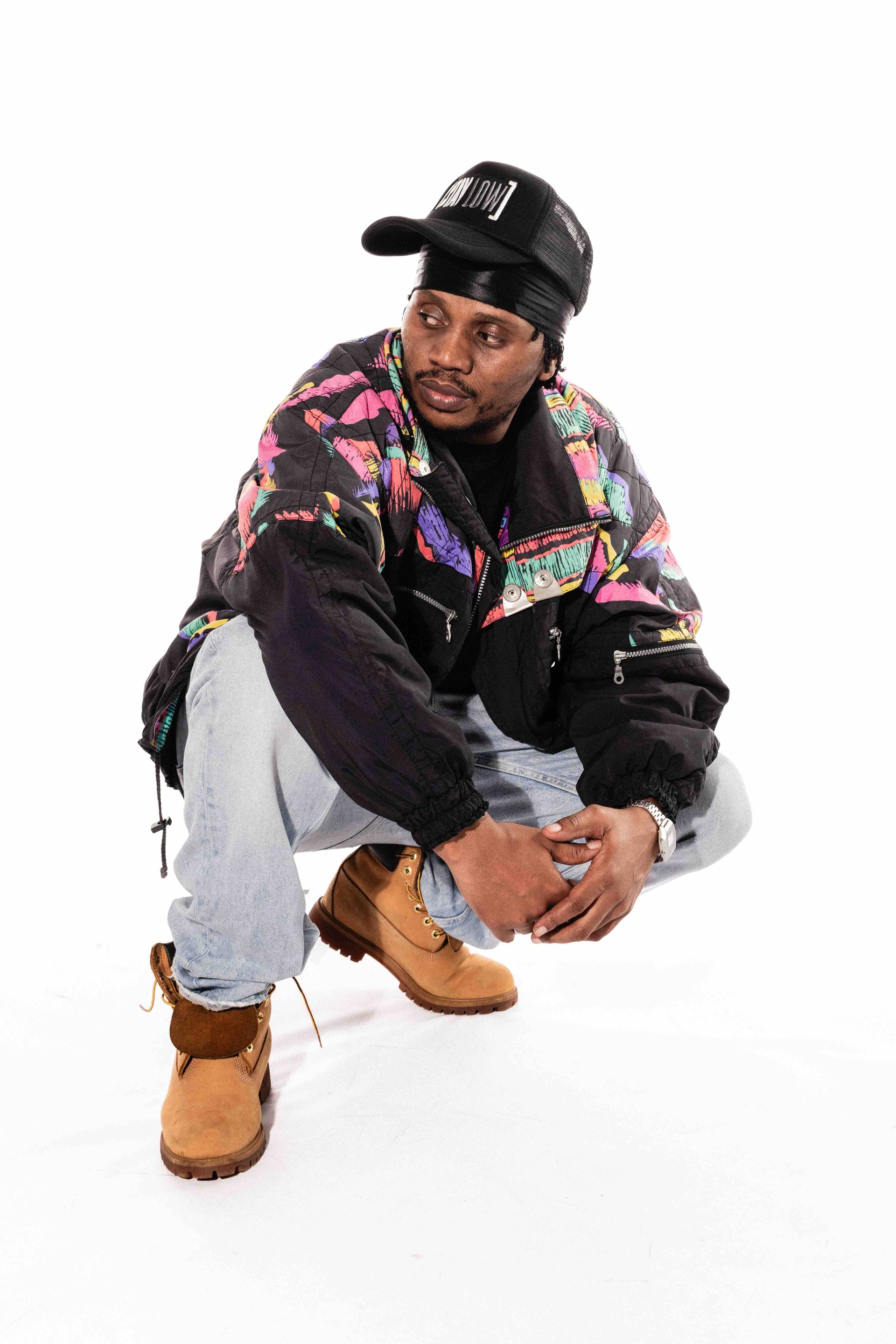

You have to be okay with asking yourself: Do I want to stay true to myself even if it’s taking too long? Or do I want to just go with what the streets want to hear and give them that so I can do my circuit? So I can get out there, be in people’s faces, and be out every night, three times a night, from Thursday to Sunday, clearing 8 to 15 gigs a week? It’s just up to you what’s more important to you as an artist.”
Thank you for joining us for this interview. Before you go, please share some of your future plans. What does 2025 look like for Ginger Trill?
Ginger Trill: “Like Kendrick said—’I want it all.’ Look, man. Me and the team have big plans to amplify my art and present it in a way that’s deserving both for me and for the audience to experience it.
We’re going to do great work in that sense, and the whole vision for 2025 is to take ‘Because I Said So’ to the stars and give it to the people the way they should be experiencing it. We’re not going to rob you of anything: expect visuals, and there’s also the Small Room Concert coming up on May 17th, 2025.
Expect live presentations, expect moments. Just stay tuned to my Instagram and Twitter so you don’t miss a thing, don’t miss a beat. We’ll be delivering quality work all year long. We’re downplaying what a big moment this is, but those who attended the first one are in for a treat because we’re going to elevate the experience for everyone who bought a ticket.
And it’s on my birthday weekend too, so we’re going to be playing some jams and having a ball—we’re going to have ourselves a party.”
Stream “Because I Said So” here
Connect With Ginger Trill
Facebook:@GingerTrilly
X (formerly Twitter): @ginger_trill
Instagram: @ginger_trill
Book your Small Room Concert tickets here
Written by: Cedric Dladla
For more news, visit the Connect Everything Collective homepage www.ceconline.co.za

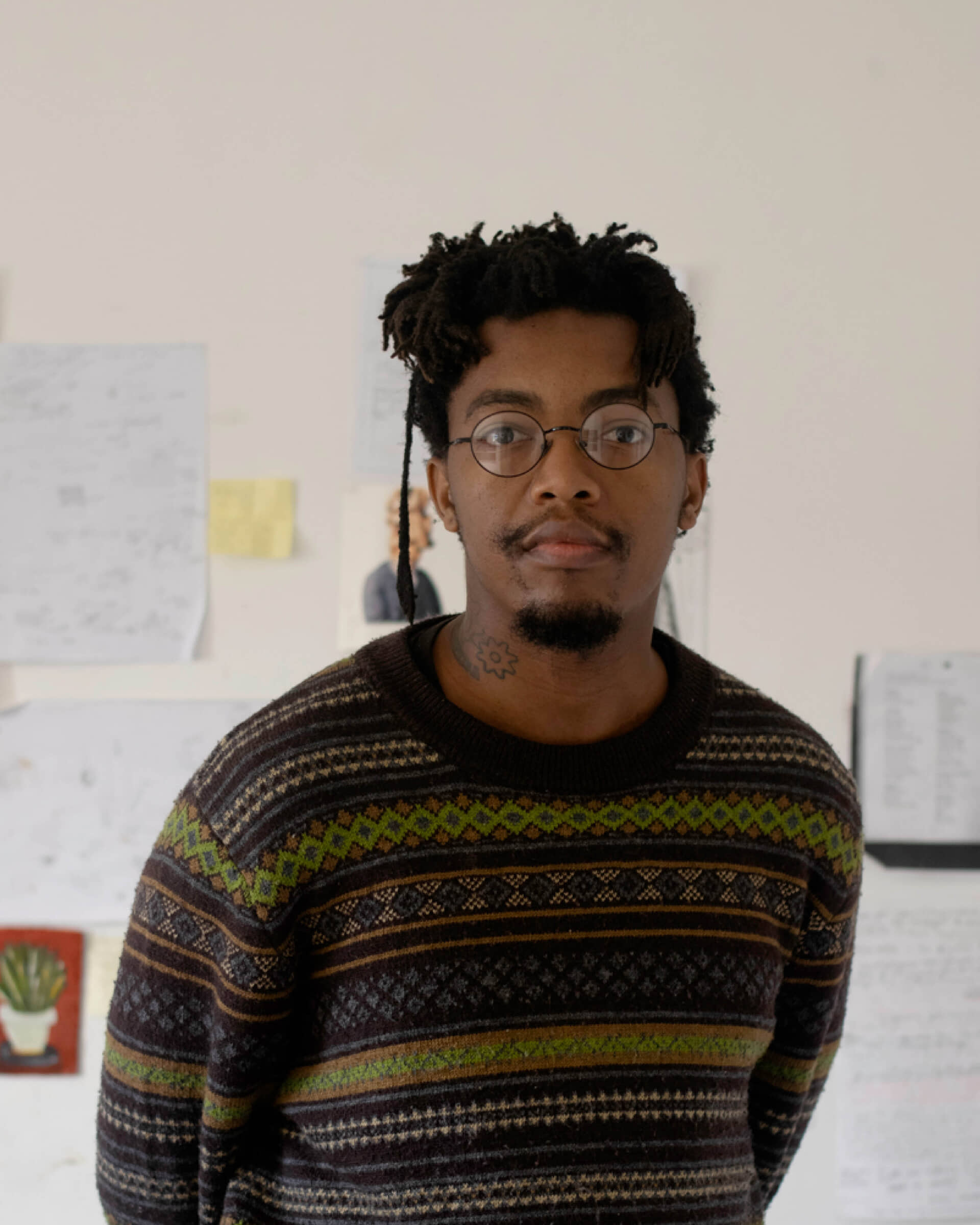
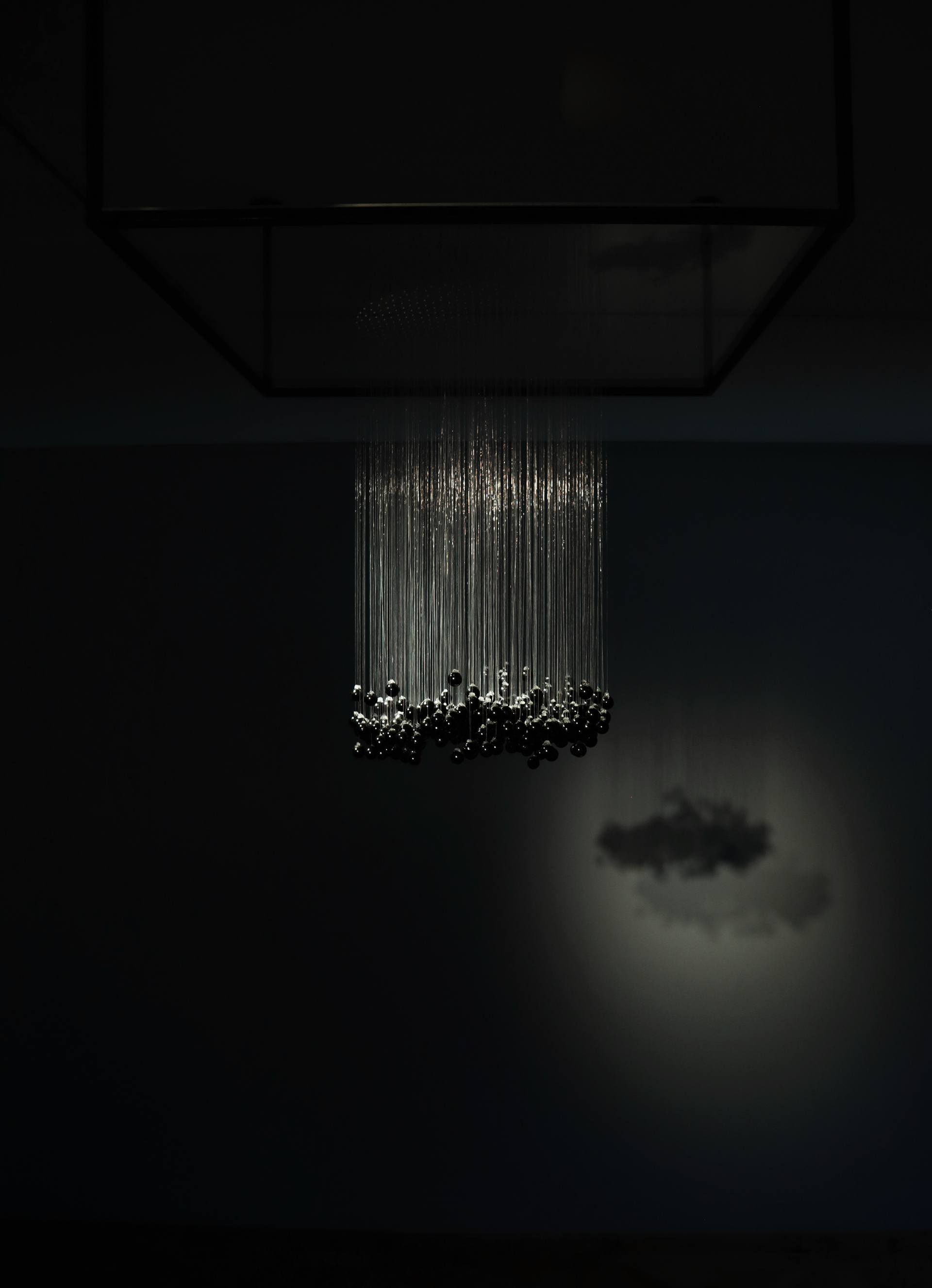
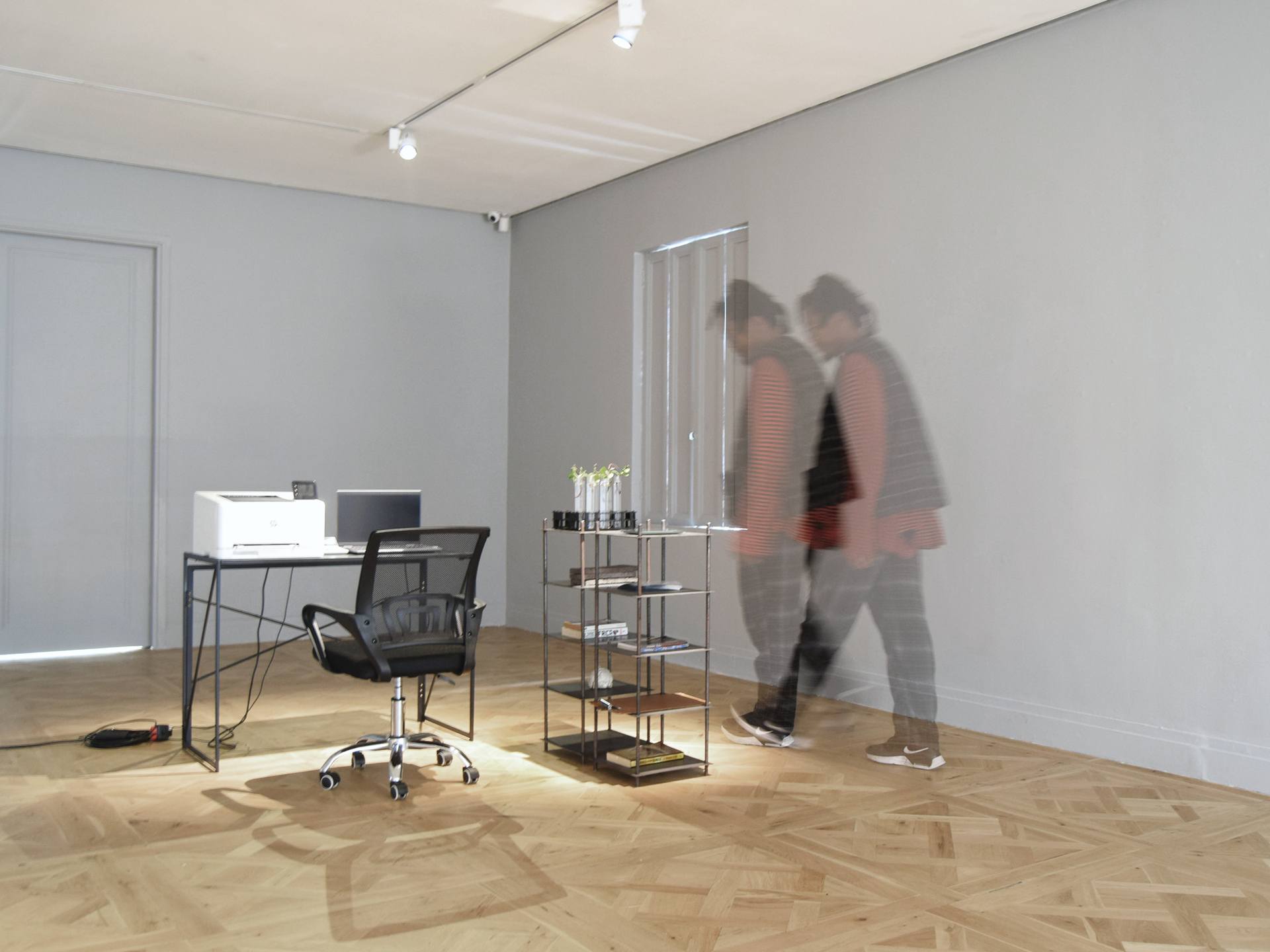
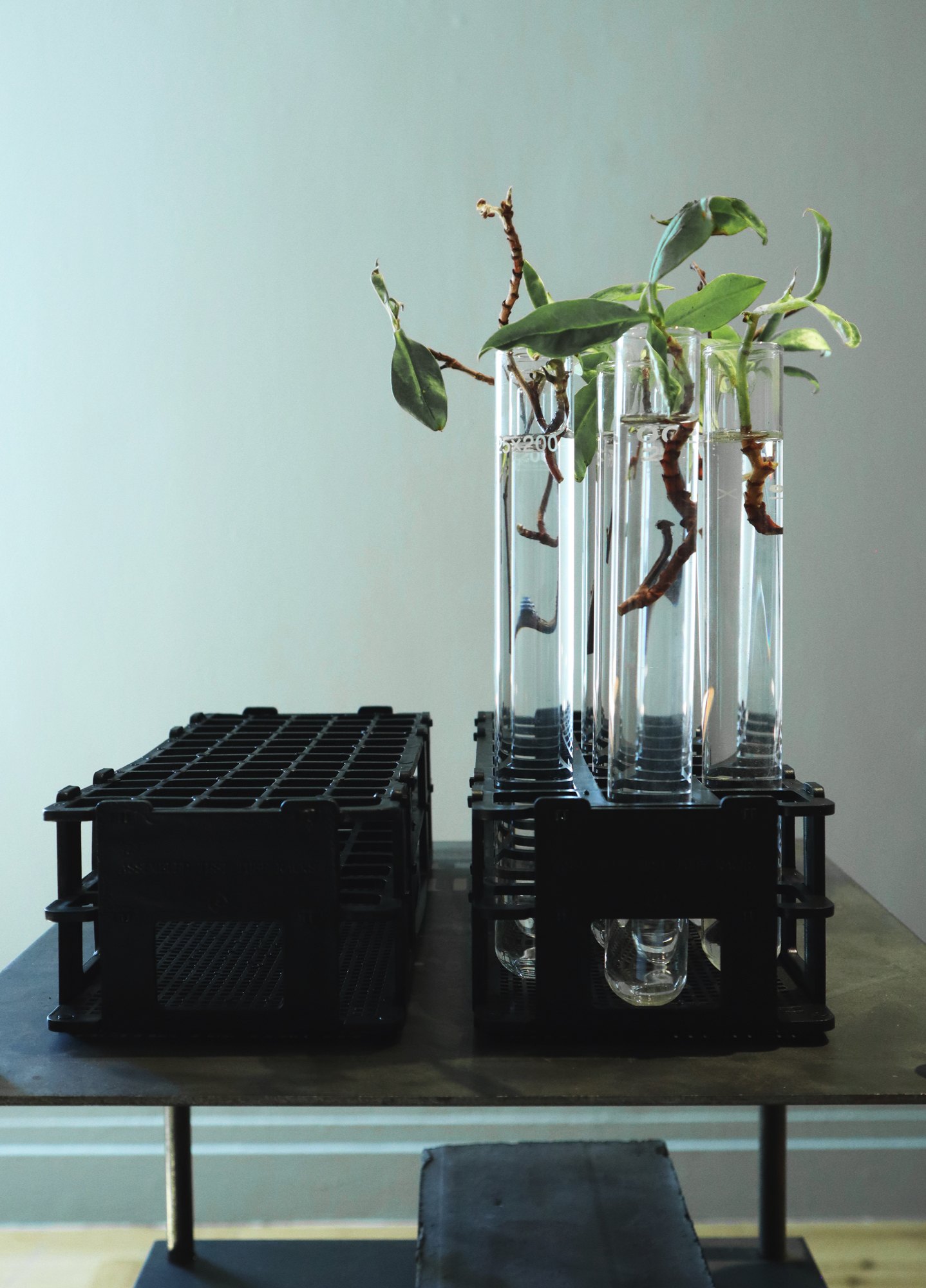
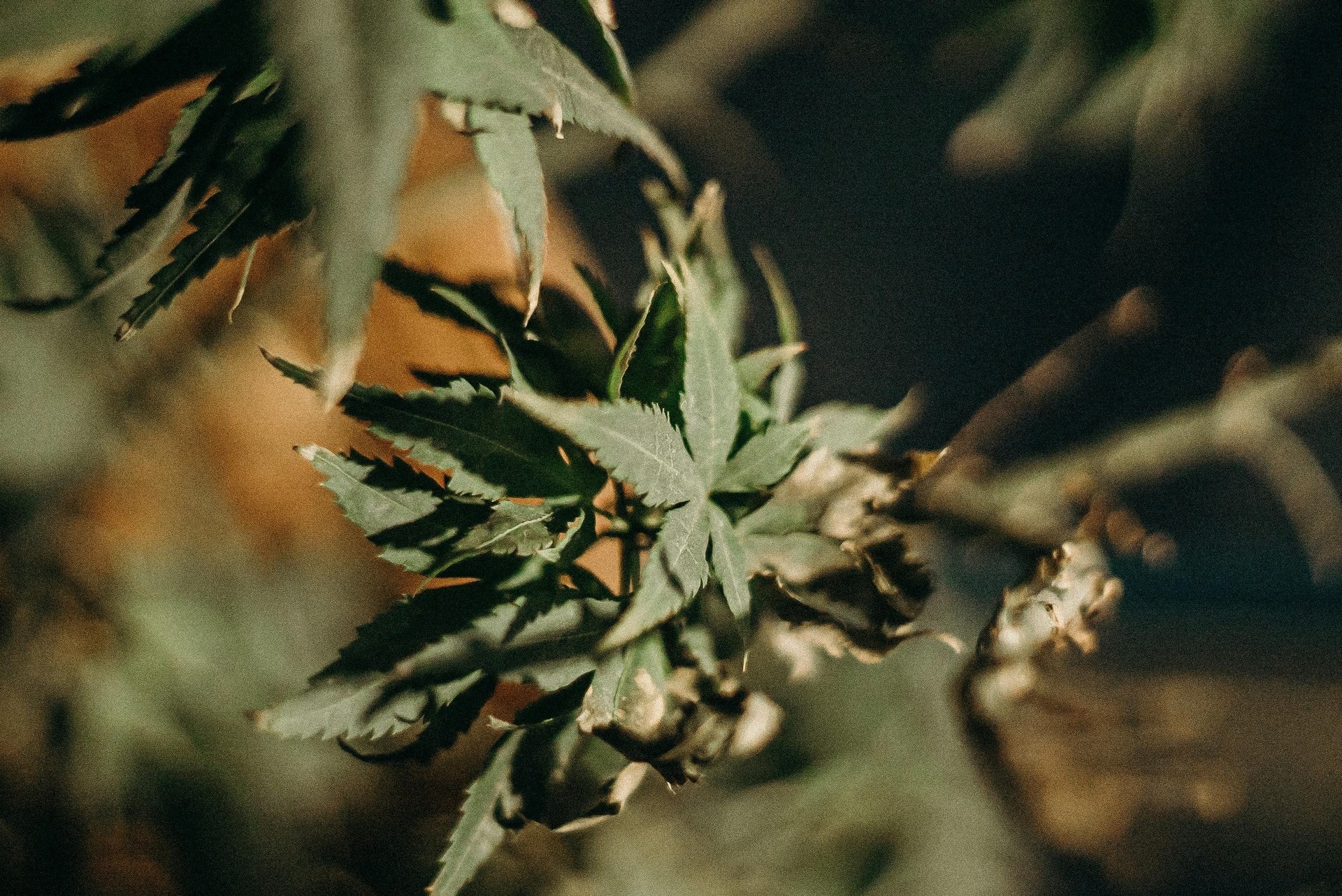




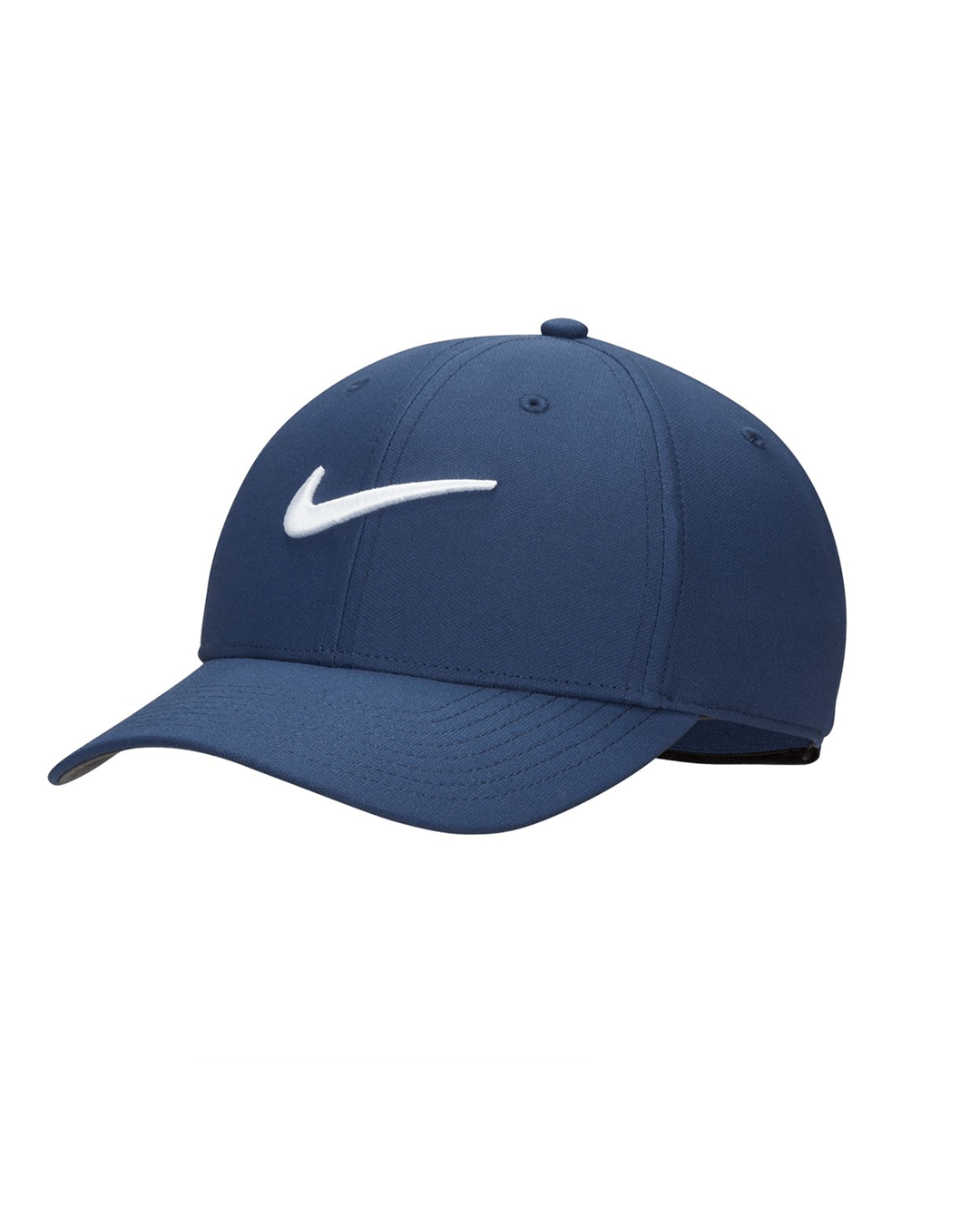


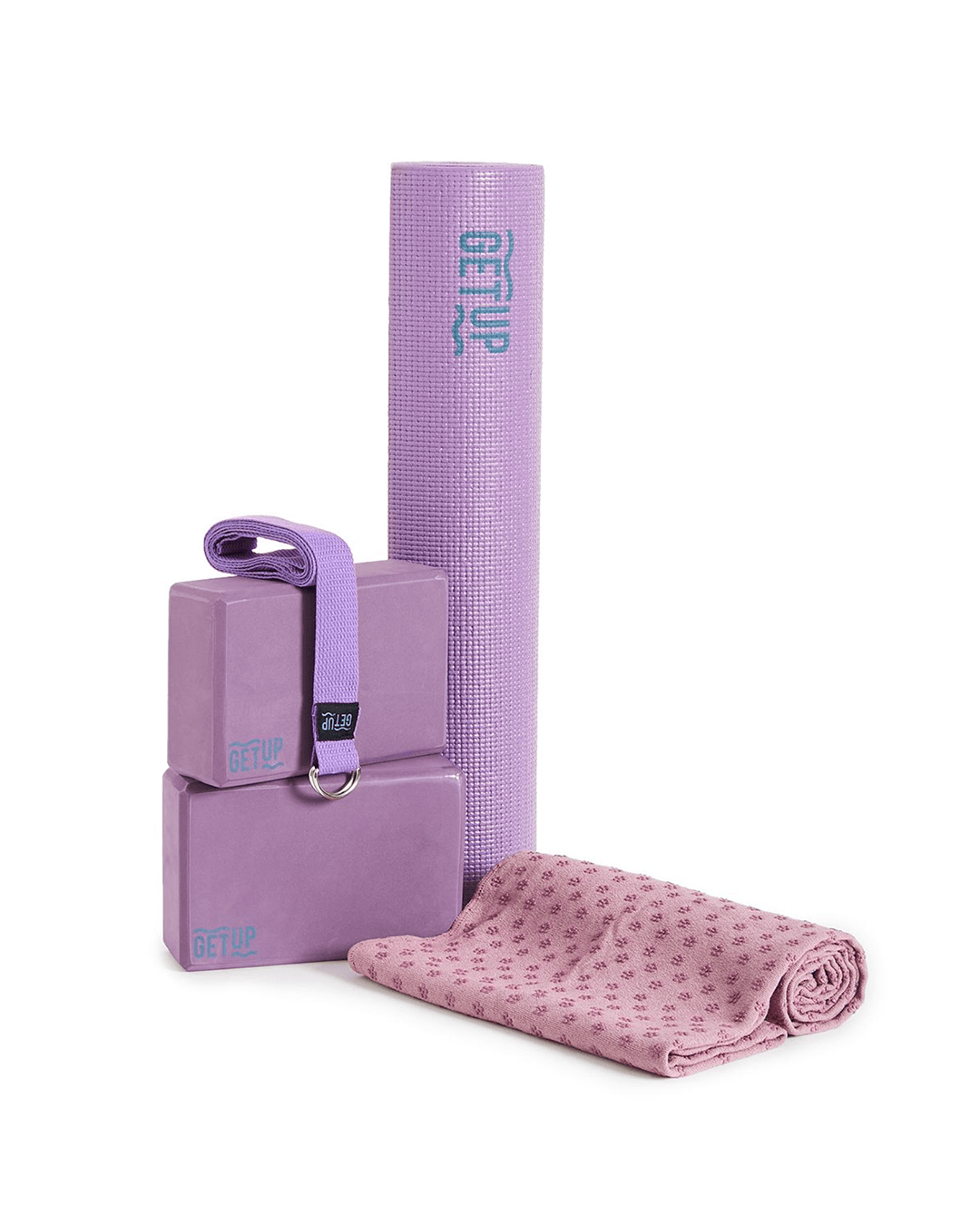
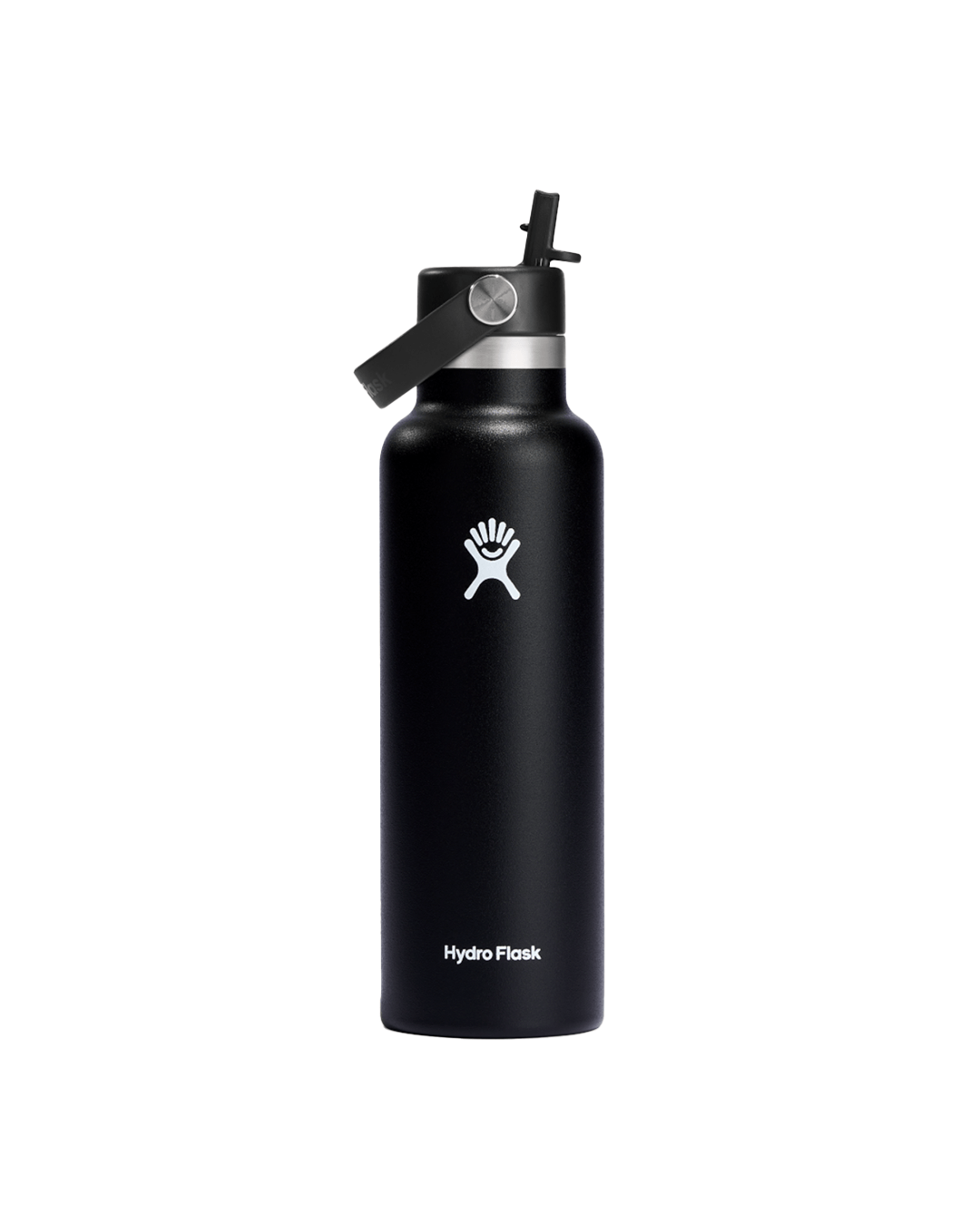



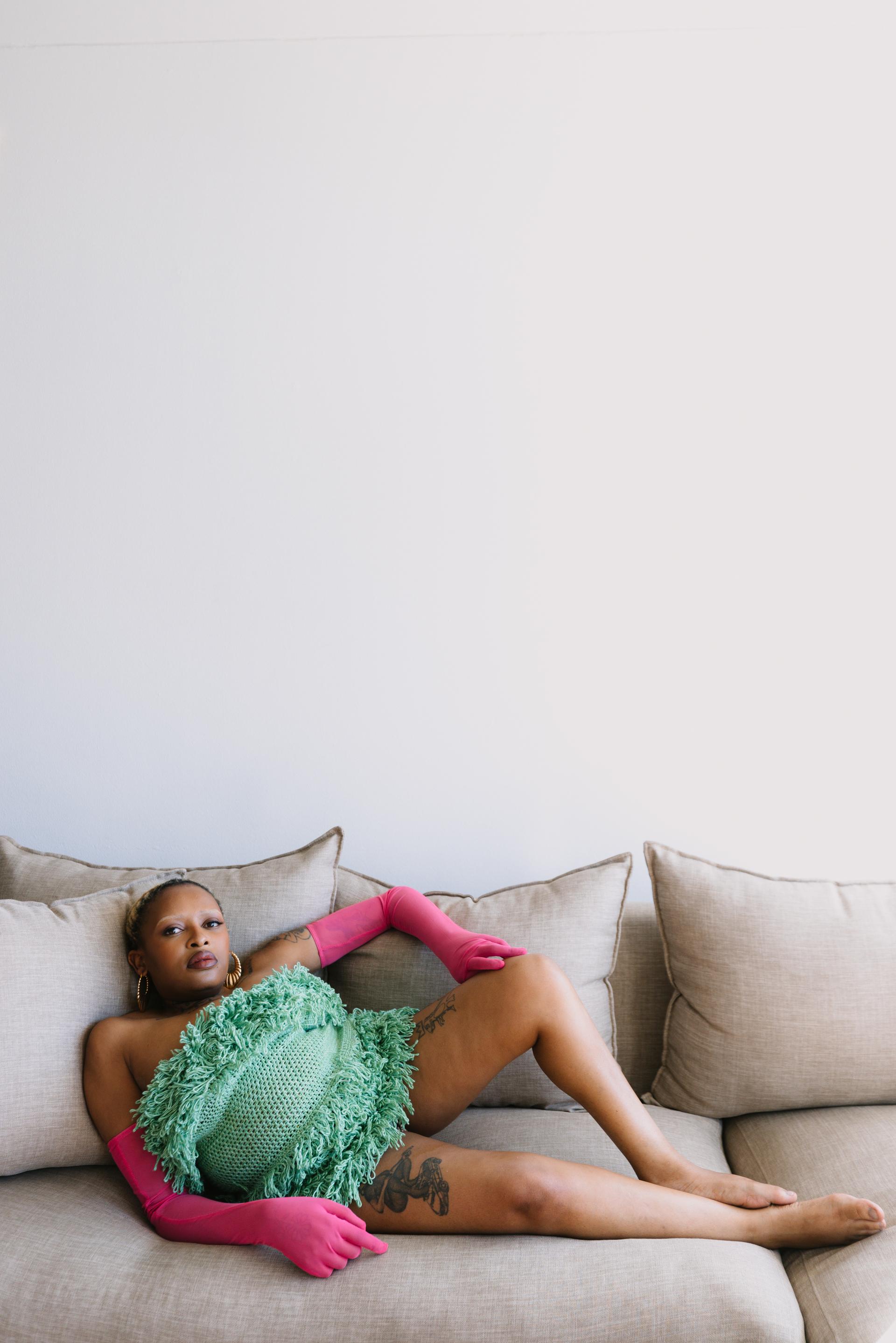
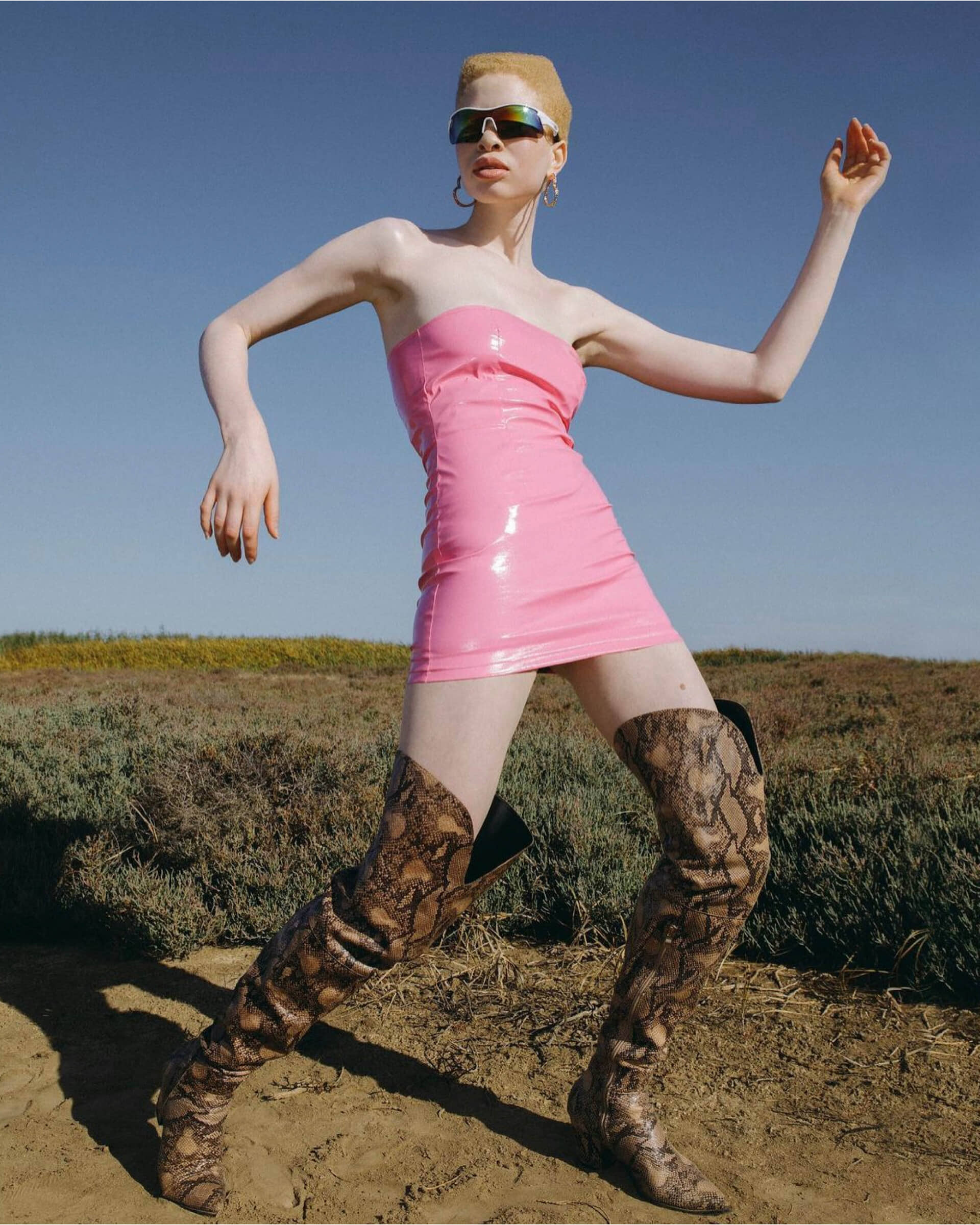
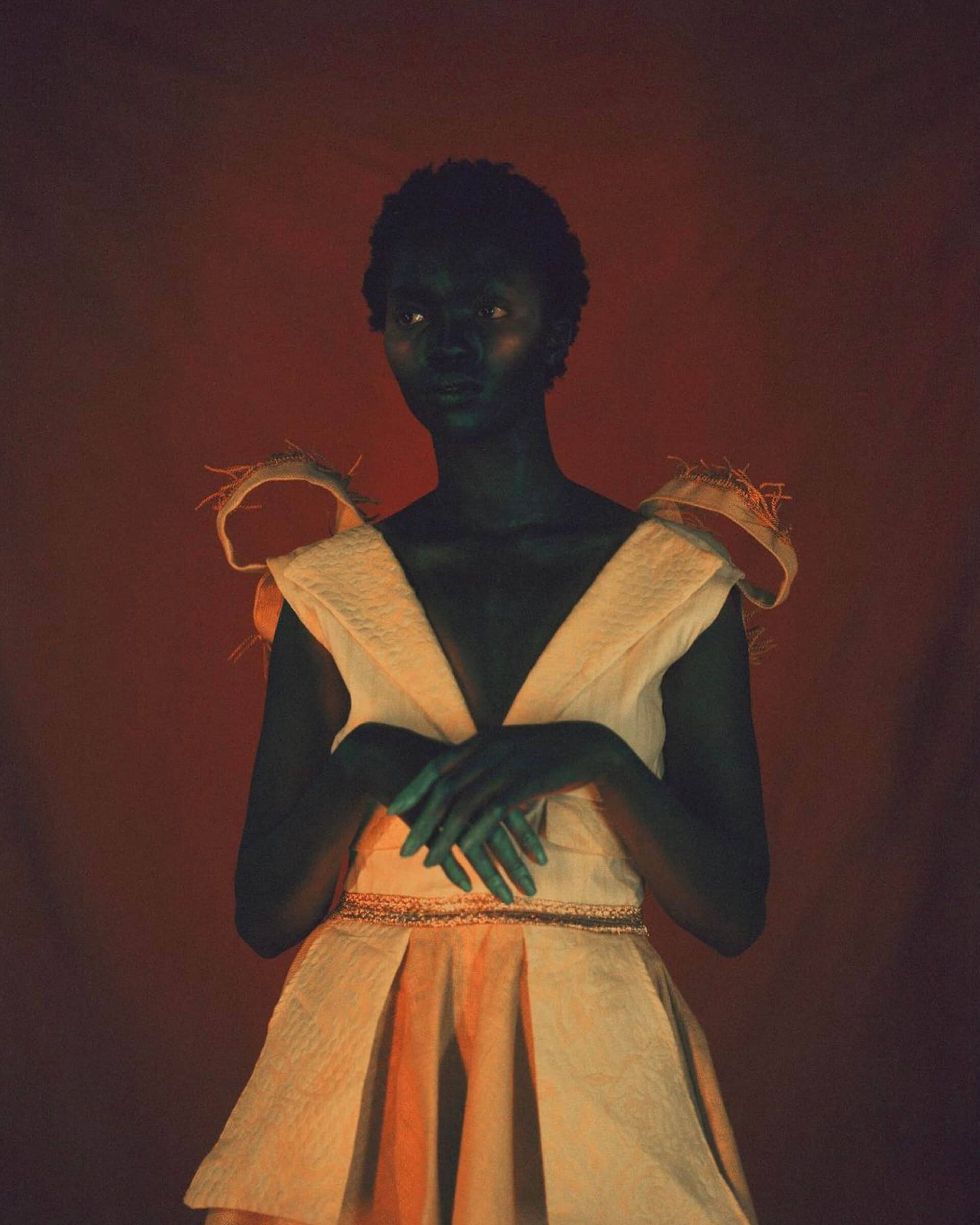
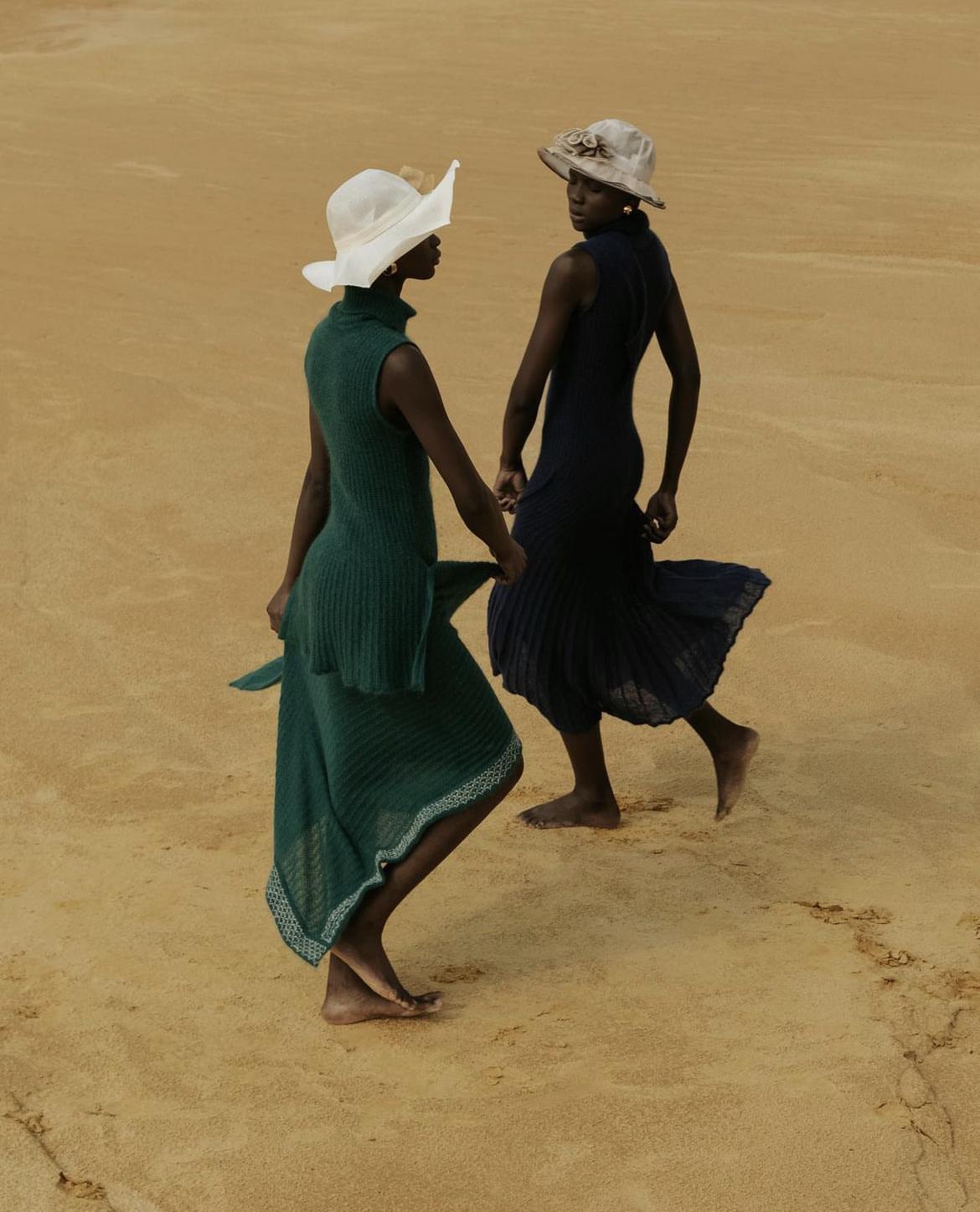
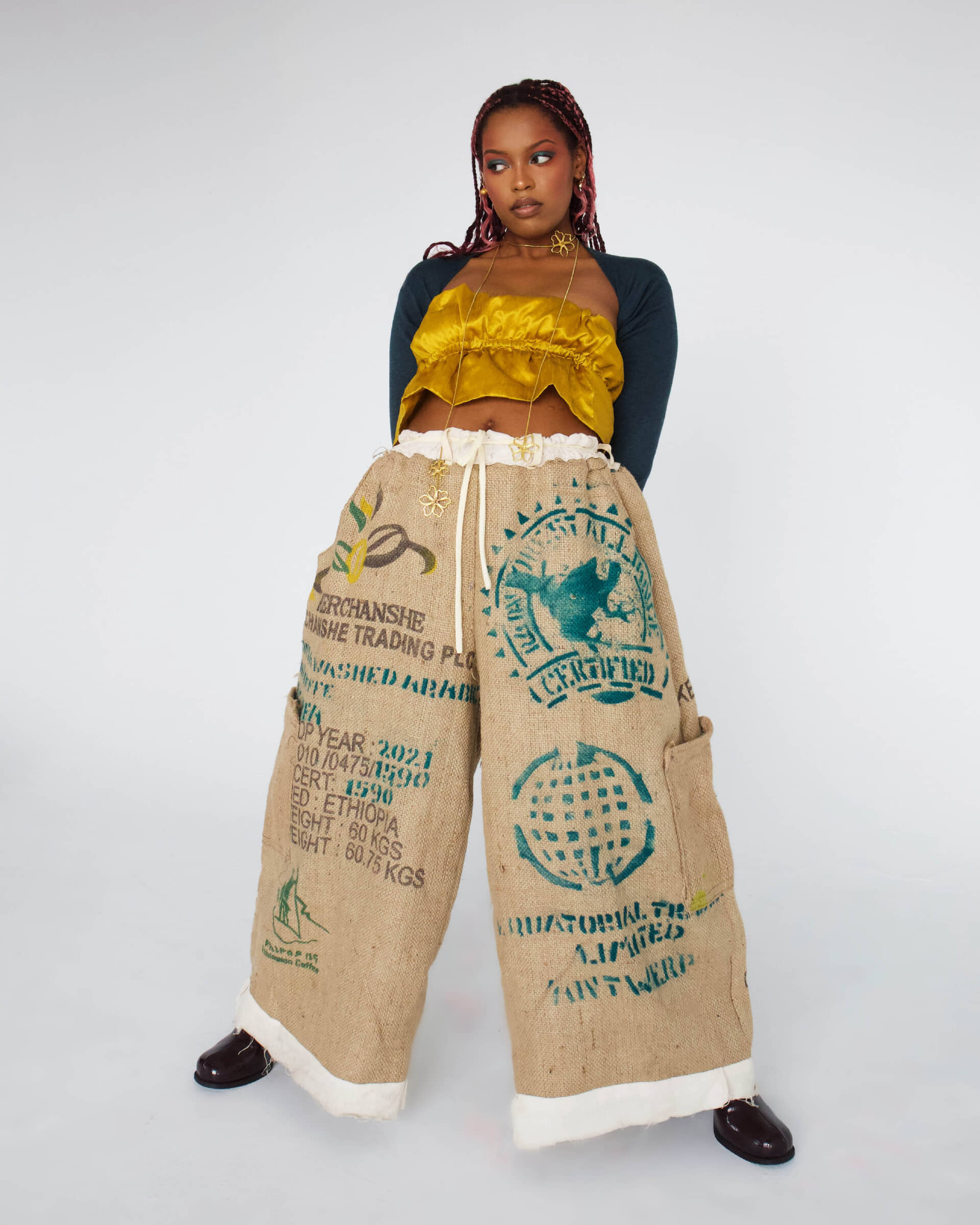
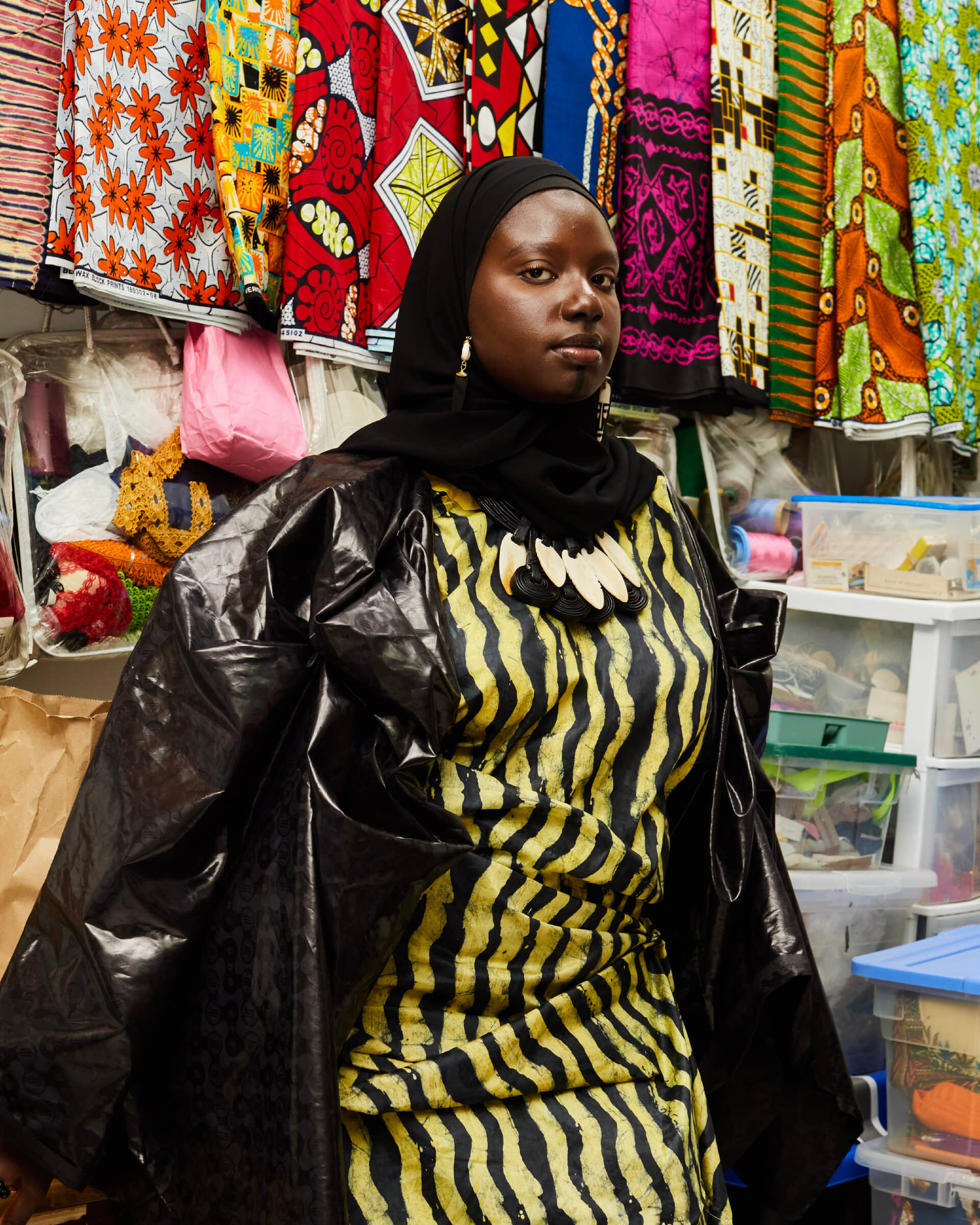

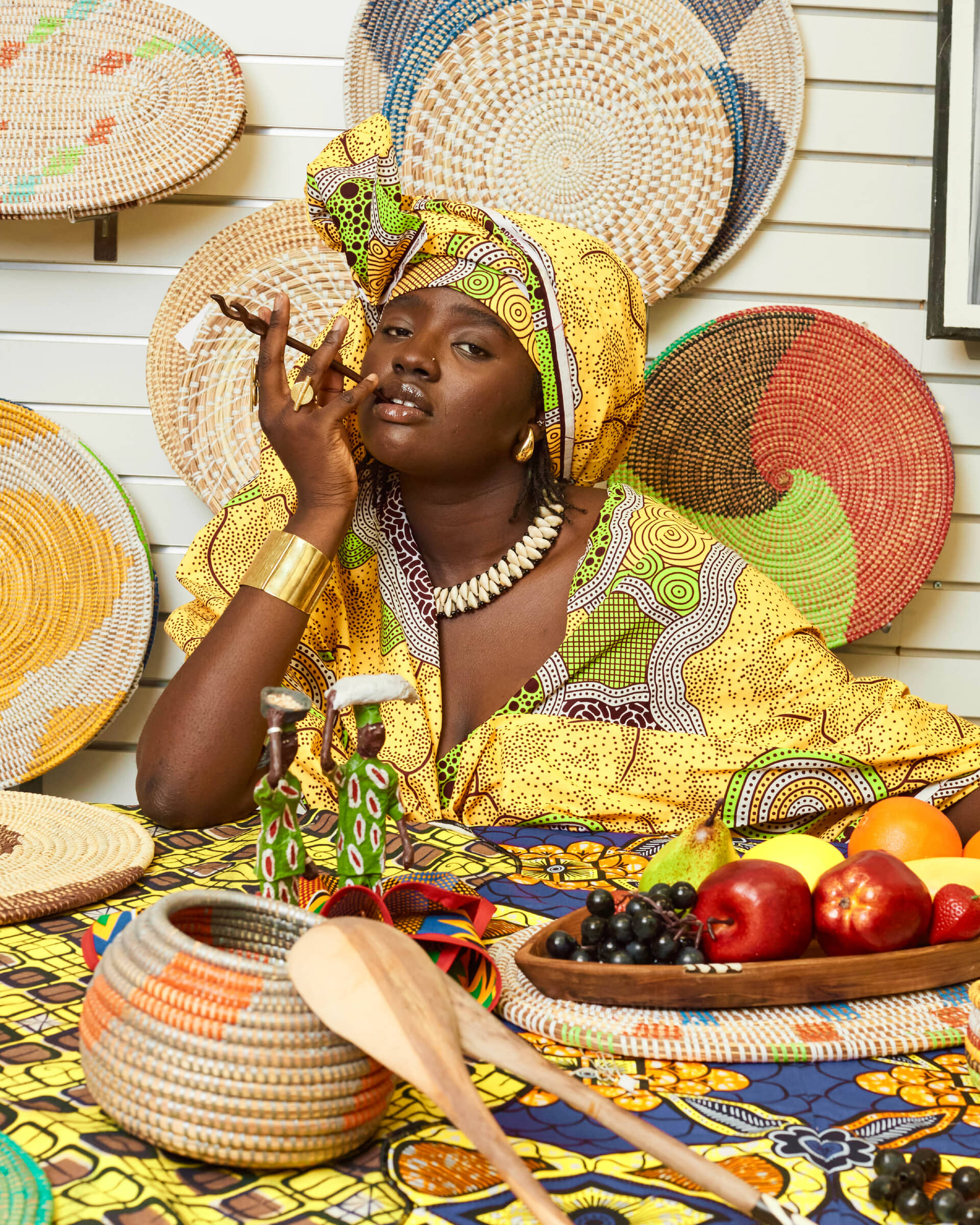
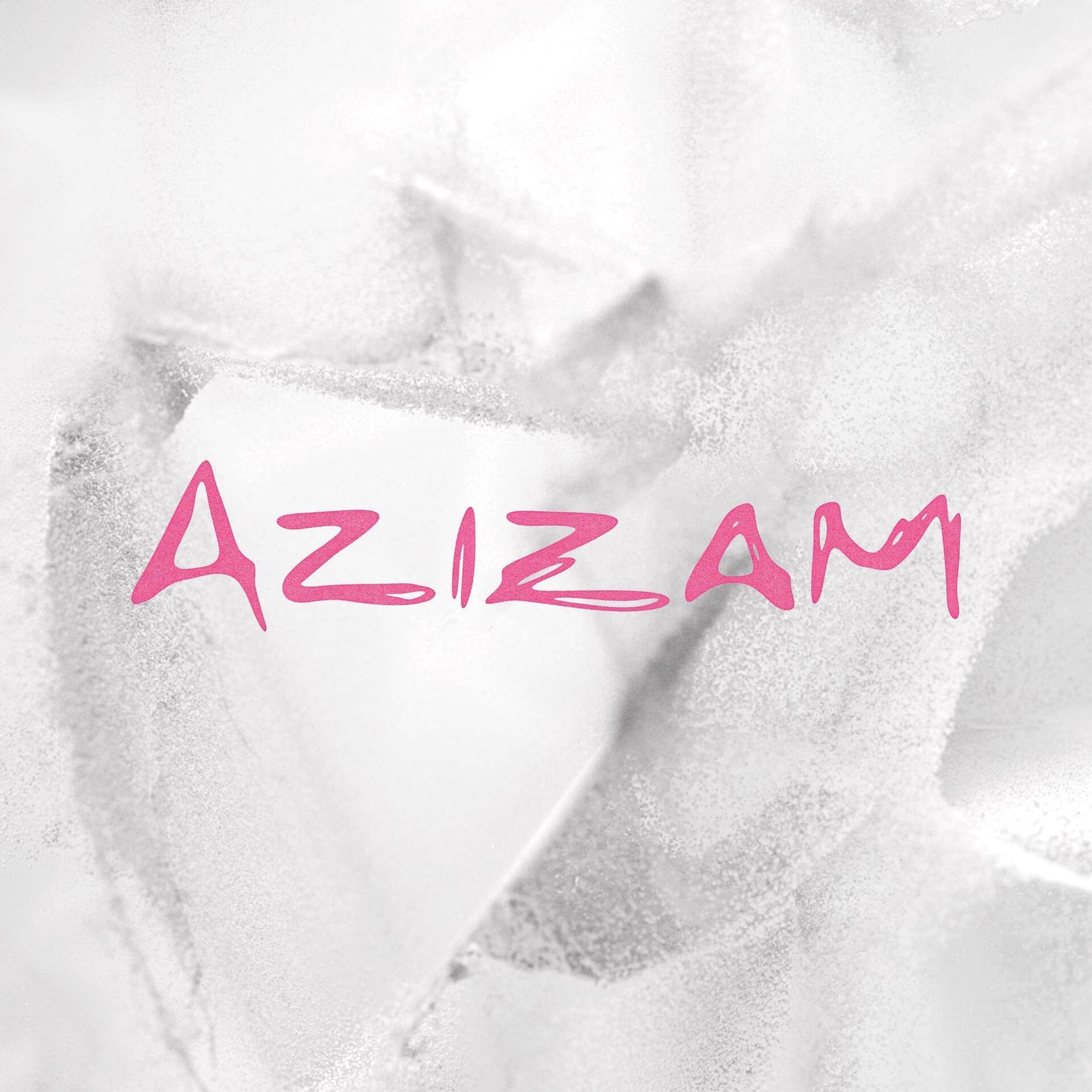


Recent Comments